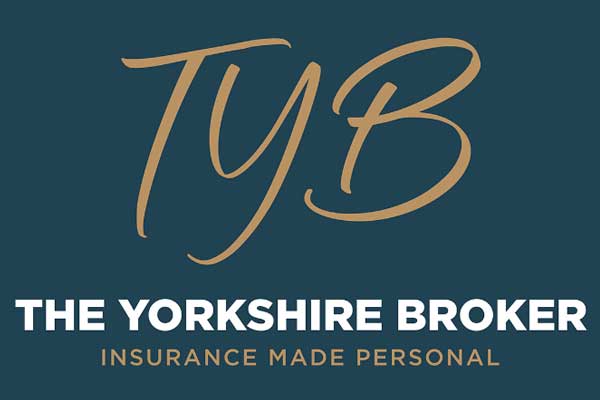Preparation is key in the event of a flood, and here are some key steps that you can follow to ensure that you are equipped if the worst should happen:
- Keep an eye on the weather
One of the best ways to prepare for flooding is to keep up to date with the weather situation and water levels in the area where your business is located, and you can do this by checking flood forecasts and the river and sea levels on the Gov.uk website. In addition, in serious situations you should also keep an eye on local television and radio news as flood warnings will also be broadcast in this way too.
- Sign up for flood warnings
If your business is located in a high flood-risk area, you should call Floodline to see if you can receive flood warnings from Floodline Warnings Direct. Available 24 hours, this free service sends automated flood warnings by telephone, SMS text, email, fax or pager.
- Create a flood plan
It is a good idea to create a flood plan for your business, which will outline how you will take action in the event of a food. A flood plan may include a list of steps you will take in the case of a flood and will provide a way to easily access key information such as insurance details and details of utility companies.
If you’re the owner of a small business, it may be your responsibility to put the flood plan together, or if you own a medium-sized business then the responsibility might be with a specific flood planning team. For larger businesses with multiple sites, it is probably a good idea to consider this on a site-by-site basis.
Your flood plan should include following:
- Details of important contacts: Floodline, building services, local disaster recovery companies, local radio stations for flood updates, suppliers, evacuation contacts for staff, your business insurance provider or landlord if you do not own the premises.
- A description or map showing locations of key property, protective materials and service shut-off points (such as fuse boxes and stopcocks).
- A basic strategy for protecting your property, preventing business disruption and assisting with recovery.
- Checklists of procedures that can be quickly accessed by staff during a flood.
Once you have put your flood plan together it is so important that you don’t forget about it. This means taking the time to look at it on a regular basis and ensure it is kept up to date, and most importantly that you use it in the event that a flood does occur. In addition, you should also consider conducting staff training to ensure that they are aware of the correct flood safety procedures, and also store your flood plan on your company’s network so that it can be easily found.
- Prepare your equipment and stock
You should take the time to identify which stock and equipment may need special protective measures in the event of the flood.
These could include:
- Computers
- Tables / heavy furniture
- Vehicles
- Paper files
- Electrical items
- Chairs / stools
- Databases
- Soft furnishings
- Computer files
- Staff files
In terms of protecting your items, there are certain things that you can do:
- Make a copy of important documentation and store this in a location that is safe
- Raise items above ground level, move to an upper level of the building or store off site.
- Buy special flood protection products such as sandbags, hydrosacks, hydrosnakes, toilet WC Pan Seals, air brick covers and flood barriers.
- Prepare your business premises
The next step is to ensure that your business premises is properly protected if water starts rising.
Here are some suggestions for materials that you may want to stockpile for use in the event of a flood:
- Pallets
- Tools – hammer, nails, saw and shovel
- Sand and sandbags (unfilled)
- Strong plastic bags
- Wood – plywood, blocks of wood
- Sturdy plastic sheeting
- Emergency power generator


